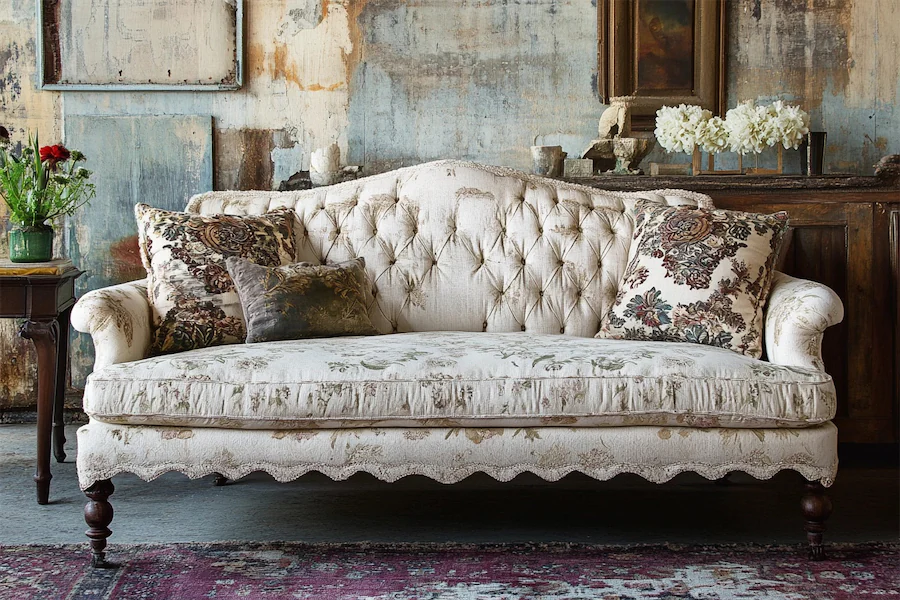A traditional sofa embodies classic design elements that have stood the test of time, offering elegance and comfort to living spaces.
History and Origins of Traditional Sofas
The concept of the sofa dates back to ancient civilizations, with early versions appearing in Egyptian, Greek, and Roman societies. These early sofas were often simple wooden benches adorned with cushions. The term “sofa” itself is derived from the Arabic word “suffah,” meaning a bench or platform. During the 17th and 18th centuries, European furniture design evolved significantly, giving rise to more elaborate and comfortable seating options. The Victorian era, in particular, introduced ornate designs with intricate carvings and luxurious fabrics, setting the foundation for what we now consider traditional sofa styles.
Key Features of Traditional Sofas
- Ornate Detailing: Traditional sofas often feature intricate wood carvings, scrolled arms, and decorative legs, reflecting the craftsmanship of earlier periods.
- Rich Upholstery: Luxurious fabrics such as velvet, brocade, or leather in deep, rich colors are commonly used, enhancing the sofa’s opulent appearance.
- Tufted Backs and Cushions: Button-tufted upholstery adds a touch of sophistication and depth to the sofa’s design.
- Rolled Arms: Curved or rolled arms are characteristic of traditional sofas, contributing to their classic silhouette.
- Sturdy Construction: Built with solid wood frames and high-quality materials, traditional sofas are designed for durability and longevity.
Applications of Traditional Sofas
- Formal Living Rooms: Serve as a centerpiece in formal settings, providing an air of elegance and refinement.
- Libraries and Studies: Offer a comfortable seating option that complements classic interior designs.
- Reception Areas: Enhance the aesthetic appeal of waiting rooms or reception areas in professional settings.
Considerations When Choosing a Traditional Sofa
- Space and Proportion: Ensure the sofa’s dimensions are appropriate for the room size to maintain balance and harmony.
- Comfort: While aesthetics are important, the sofa should also provide adequate comfort for everyday use.
- Maintenance: Luxurious fabrics may require special care; consider the practicality of the upholstery material.
- Integration with Existing Décor: Select a sofa that complements your current interior design to create a cohesive look.
Conclusion
Traditional sofas offer a timeless appeal, combining classic design elements with functionality. Their rich detailing and luxurious materials make them a sophisticated addition to various interior settings, from formal living rooms to professional reception areas.
